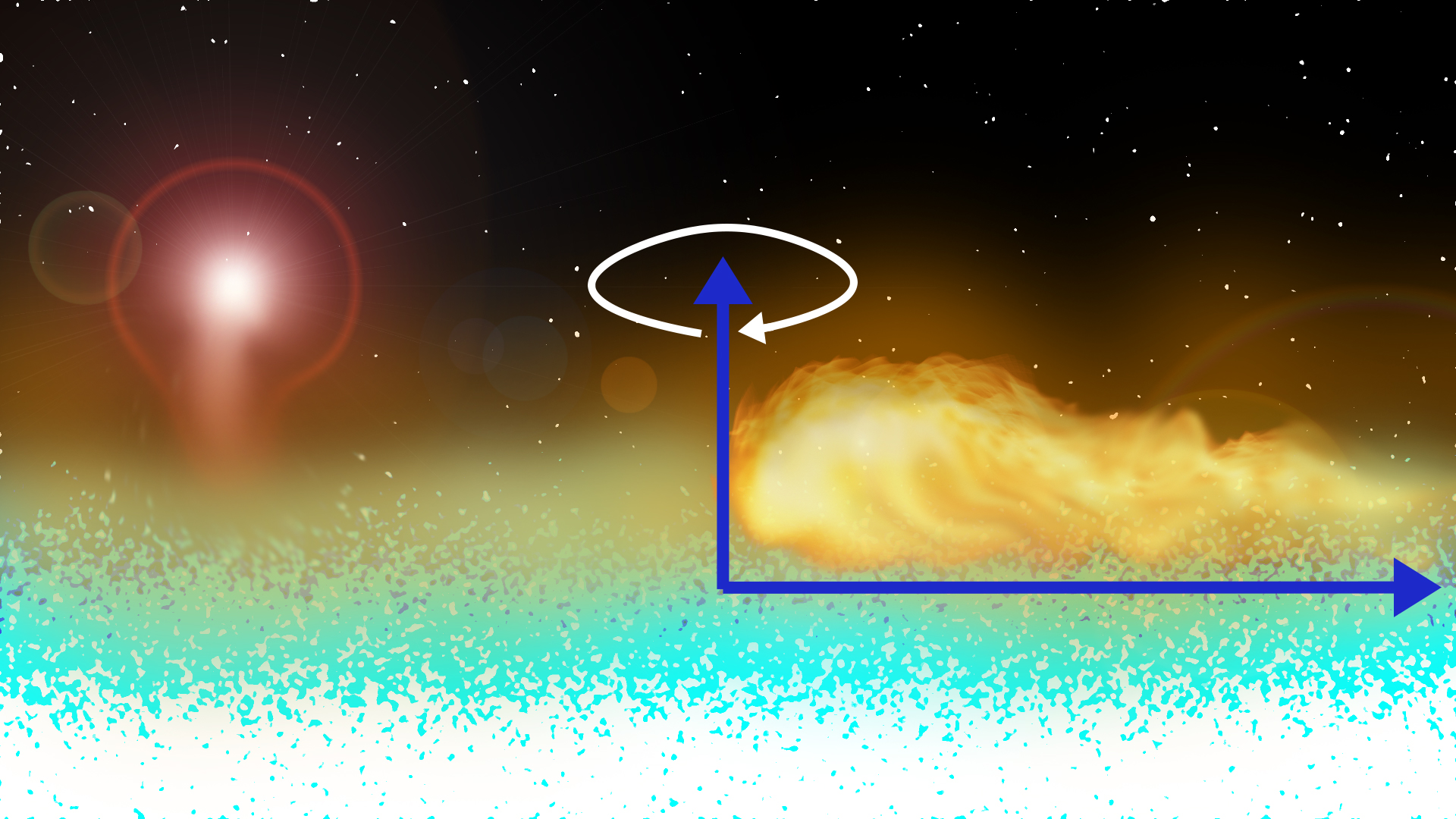About Me

The LHC at CERN, Switzerland
Greetings!
I am an Astrophysics PhD student at McGill University in Montréal, Canada. I currently work in the research group of Dr. Daryl Haggard. I use telescopes around the world -- and in space! -- to study accretion and emission from supermassive black holes.
I am passionate about science visualization, and I enjoy finding new opportunities to combine art and astrophysics. I am also involved in astronomy outreach through the Trottier Space Institute.
Education:
PhD in Physics at McGill University (expected 2027)
MSc in Physics at McGill University (2023)
BA in Astrophysics & Studio Art at Williams College (2020)
Current Research Interests:
High energy astrophysics, compact objects, multimessenger astronomy.
(Previously studied the Epoch of Reionization, Green Pea galaxies, cosmic rays, and transiting exoplanets)
You can find my astronomy/astrophysics publications here: ADS
Research

The ARC 3.5 m telescope at Apache Point Observatory, New Mexico
Current Project(s):
Coming soon!
Neutron Stars and Merger Simulations (Past Project):
As a Science Undergraduate Laboratory Internship Program participant at the DOE's Lawrence Berkeley Laboratory, I worked on two computational astrophysics projects in the Lab's Center for Computational Science & Engineering.
Under the supervision of Dr. Ann Almgren, Dr. Don Willcox, and
Dr. Sherwood Richers, I used the adaptive mesh refinement AMReX code suite to simulate complex physics occuring around neutron stars.
I simulated hydrodynamics during a Type I x-ray burst around an accreting neutron star using the AMReX-Astro
Castro code. I explored how the neutron star surface temperature and rotation rate impact the strength and propagation of a hydrodynamical flame burning along an accreting neutron star's surface.
I also simulated neutrino emission around a neutron star merger using the particle-in-cell Emu code. Specifically, I explored how neutrinos oscillate between different flavors after being emitted during a merger. Neutrinos
are emitted copiously during a merger, and their flavor oscillations are relevant because they can impact r-process nucleosynthesis in the post-merger environment. I ran simulations to investigate fast (~ nanoseconds) flavor oscillations in one, two, and three dimensions.
The results of this research are included in three published papers here, here, and here

An illustration of our 2D x-ray burst simulation setup. A neutron star (white/blue) surrounded by an atmosphere of accreted material (light blue/orange haze). The neutron star accretes material from a companion star (red, in background). The accreted material acts as a fuel source and, when ignited, undergoes thermonuclear
burning. The burning forms a flame (light orange) that propagates laterally to the right. The blue arrows represent the simulation axes, and the white arrow represents the axis of neutron star rotation and symmetry.
Epoch of Reionization Lyman Continuum Escape (Past Project):
For my undergraduate thesis, I worked with Dr. Anne Jaskot and investigated how galaxies might have
contributed ionizing radiation (i.e. Lyman Continuum; LyC) during the Epoch of Reionization. Specifically, I studied Hubble and SDSS spectra
for a sample of low-redshift star forming galaxies to search for evidence of ionizing radiation escape and test proposed indicators of LyC escape.
I looked for correlations between LyC escape and properties such as the strength of certain spectral features, the galaxies' metallicities, and the galaxies' star
formation activity.
The results of this research are incorporated in two published papers here and here, with a third paper in the works!
Contact

You can reach me via email at: nicole.ford@mail.mcgill.ca
My office is located at:
McGill Space Institute, room 030
3550 Rue University,
Montréal, QC H3A 2A7
Canada




